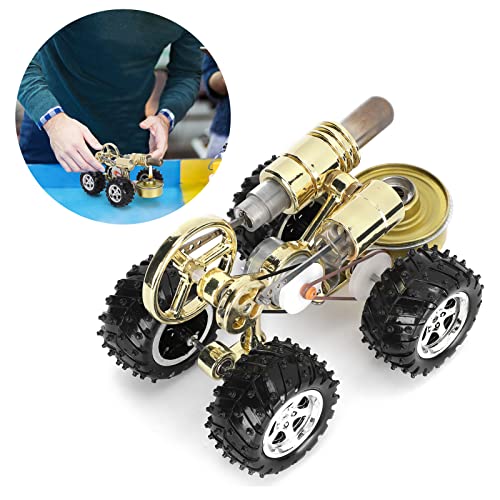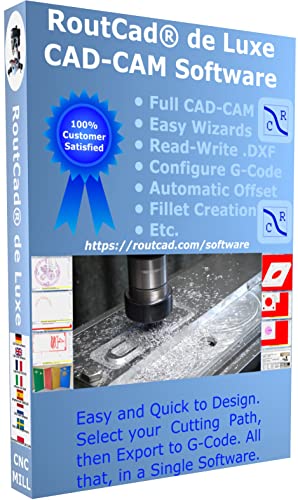Ok thank you jasonAs there doe snot seem to be anything to stop the pins moving sideways it is possible the screws were for a cap, much like a decorative washer which being on both ends would stop the pin working it's way out.
Rings are usually made from cast iron bar, I doubt an engine of this size and build detail would have used packing in the grooves.
You are using an out of date browser. It may not display this or other websites correctly.
You should upgrade or use an alternative browser.
You should upgrade or use an alternative browser.
Mystery steam engine
- Thread starter chris123
- Start date

Help Support Home Model Engine Machinist Forum:
This site may earn a commission from merchant affiliate
links, including eBay, Amazon, and others.
Ok thank you jasonAs there doe snot seem to be anything to stop the pins moving sideways it is possible the screws were for a cap, much like a decorative washer which being on both ends would stop the pin working it's way out.
Rings are usually made from cast iron bar, I doubt an engine of this size and build detail would have used packing in the grooves.
The little screw might hold a lubrication pipe clip. Full size engines often have a pipe running down the con-rod for big end lubrication.
If you need it, we can point you to the details of several methods for making piston rings (with small differences.)
If you need it, we can point you to the details of several methods for making piston rings (with small differences.)
Those are some interesting pistons.
Multi-piece, either two or three pieces, built hollow.
The old steam engines often had hollow pistons, especially for the LP pistons, to keep the weight down.
They often had a spider inside the piston.
For the HP piston, those were often one-piece, and dished, but a dished piston requires matching cylinder heads, and so most don't use a dished HP piston.
Here is a Stanley-style hollow piston, with no spider, two-piece, which is how the Stanley pistons were made.
Piston rings are easy to make from cast iron bar stock, assuming you have some of that.
We can give you dimensions for rings.
I think packing material will just snag in the ports.
It looks like the larger piston has two pieces that are riveted together, and then an outer shell pressed over that, or perhaps there is a lip in the outer ring, and the two pieces press up against that.
.
Multi-piece, either two or three pieces, built hollow.
The old steam engines often had hollow pistons, especially for the LP pistons, to keep the weight down.
They often had a spider inside the piston.
For the HP piston, those were often one-piece, and dished, but a dished piston requires matching cylinder heads, and so most don't use a dished HP piston.
Here is a Stanley-style hollow piston, with no spider, two-piece, which is how the Stanley pistons were made.
Piston rings are easy to make from cast iron bar stock, assuming you have some of that.
We can give you dimensions for rings.
I think packing material will just snag in the ports.
It looks like the larger piston has two pieces that are riveted together, and then an outer shell pressed over that, or perhaps there is a lip in the outer ring, and the two pieces press up against that.
.
Attachments
CheersThe little screw might hold a lubrication pipe clip. Full size engines often have a pipe running down the con-rod for big end lubrication.
If you need it, we can point you to the details of several methods for making piston rings (with small differences.)
I did several times
Regards chris

$45.99
Sunnytech Mini Hot Air Stirling Engine Motor Model Educational Toy Kits Electricity HA001
stirlingtechonline

$19.15
$29.95
Competition Engine Building: Advanced Engine Design and Assembly Techniques (Pro Series)
MBC Inc.

$599.00
$649.00
FoxAlien Masuter Pro CNC Router Machine, Upgraded 3-Axis Engraving All-Metal Milling Machine for Wood Acrylic MDF Nylon Carving Cutting
FoxAlien Official

$49.95
$55.99
DjuiinoStar Hot Air Stirling Engine Assembly Kit: Spend 30 Minutes to Build Your Own Stirling Engine
djuiinostar

$26.89
$34.99
Peachtree Woodworking Supply Bowl Sander Tool Kit w/Dual Bearing Head & Hardwood Handle, 42 Pieces Wood Sander Set, 2 Hook & Loop Sanding Disc Sandpaper Assortment, 1/4 Mandrel Bowl Sander
Peachtree Woodworking Supply Inc

$99.99
AHS Outdoor Wood Boiler Yearly Maintenance Kit with Water Treatment - ProTech 300 & Test Kit
Alternative Heating & Supplies

$37.38
$49.99
Becker CAD 12 3D - professional CAD software for 2D + 3D design and modelling - for 3 PCs - 100% compatible with AutoCAD
momox Shop
![DreamPlan Home Design and Landscaping Software Free for Windows [PC Download]](https://m.media-amazon.com/images/I/51kvZH2dVLL._SL500_.jpg)
$0.00
DreamPlan Home Design and Landscaping Software Free for Windows [PC Download]
Amazon.com Services LLC
Hi green twinThose are some interesting pistons.
Multi-piece, either two or three pieces, built hollow.
The old steam engines often had hollow pistons, especially for the LP pistons, to keep the weight down.
They often had a spider inside the piston.
For the HP piston, those were often one-piece, and dished, but a dished piston requires matching cylinder heads, and so most don't use a dished HP piston.
Here is a Stanley-style hollow piston, with no spider, two-piece, which is how the Stanley pistons were made.
Piston rings are easy to make from cast iron bar stock, assuming you have some of that.
We can give you dimensions for rings.
I think packing material will just snag in the ports.
It looks like the larger piston has two pieces that are riveted together, and then an outer shell pressed over that, or perhaps there is a lip in the outer ring, and the two pieces press up against that.
.
Dimensions would be highly apriciated
Actually
The process i know
Chris
You turn the blank gray iron to size (to be determined by which ring method you use), sizing inside and outside, part of the ring slightly long, and work off the rough edges on a flat surface with emory cloth until you get the desired sliding fit in the piston groove.
You will need to select the exact method you want to use before you start making rings.
.
You will need to select the exact method you want to use before you start making rings.
.
Attachments
One method that is often used is to turn the ring to match the bore, then spring the ring open at the gap, and heat the ring cherry hot.
I have tried this method, and got a bit of distortion, which I was able to straighten out.
The second method is to turn the ring oversized, cut a gap, spring inwards so the gap closes, install the ring on a mandrel, and turn it to the final bore size approximately (slightly under bore size).
The first method avoids having to make a mandrel.
We need the dimensions of the grooves for each piston, and the depth of the grooves.
Be sure all the grooves on the same piston are the same size.
.
I have tried this method, and got a bit of distortion, which I was able to straighten out.
The second method is to turn the ring oversized, cut a gap, spring inwards so the gap closes, install the ring on a mandrel, and turn it to the final bore size approximately (slightly under bore size).
The first method avoids having to make a mandrel.
We need the dimensions of the grooves for each piston, and the depth of the grooves.
Be sure all the grooves on the same piston are the same size.
.
So which method do you want to use, the 1st or 2nd ?
.
.
As this engine seems to have blind bores it would be difficult to shape the bottom of the cylinder cavity like you would a separte end cover hence whey they have only been plate don the bottom to match the flat bottom of the cylinder.
Rings won't come past the steam passages or enlarged diameters at the ends of the cylinders so no risk of snagging.
I use the Trimble method for making rings
Rings won't come past the steam passages or enlarged diameters at the ends of the cylinders so no risk of snagging.
I use the Trimble method for making rings
Dimensions i wouldend mind actuallyThe little screw might hold a lubrication pipe clip. Full size engines often have a pipe running down the con-rod for big end lubrication.
If you need it, we can point you to the details of several methods for making piston rings (with small differences.)
Green twin sent already
I did not send any dimensions, we still need to determine those.
Who wants to run the ring calcs, so we don't dupicate effort?
I don't have time to do that.
.
Who wants to run the ring calcs, so we don't dupicate effort?
I don't have time to do that.
.
I need to rememberSo which method do you want to use, the 1st or 2nd ?
.
I made a mandrel last time…
Have to go to bed
I continue t morrow
Chris
Cheers
I did several times
Regards chris
I need to remember
I made a mandrel last time…
Have to go to bed
I continue t morrow
Chris
I did this
Cut the blank to exact diameter ext int
Cut the rings off
Break them
Anneal them in a mandrel
Chris
We can do it later also
I do first charles valve and buckle
And finish cleaning up the thing
The materials should be here any day
Chris
I do first charles valve and buckle
And finish cleaning up the thing
The materials should be here any day
Chris
I can start now
The bronze arrived
The bronze arrived
Similar threads
- Replies
- 0
- Views
- 147







![MeshMagic 3D Free 3D Modeling Software [Download]](https://m.media-amazon.com/images/I/B1U+p8ewjGS._SL500_.png)



























































